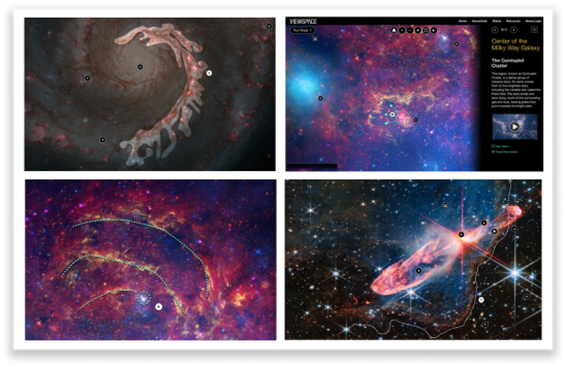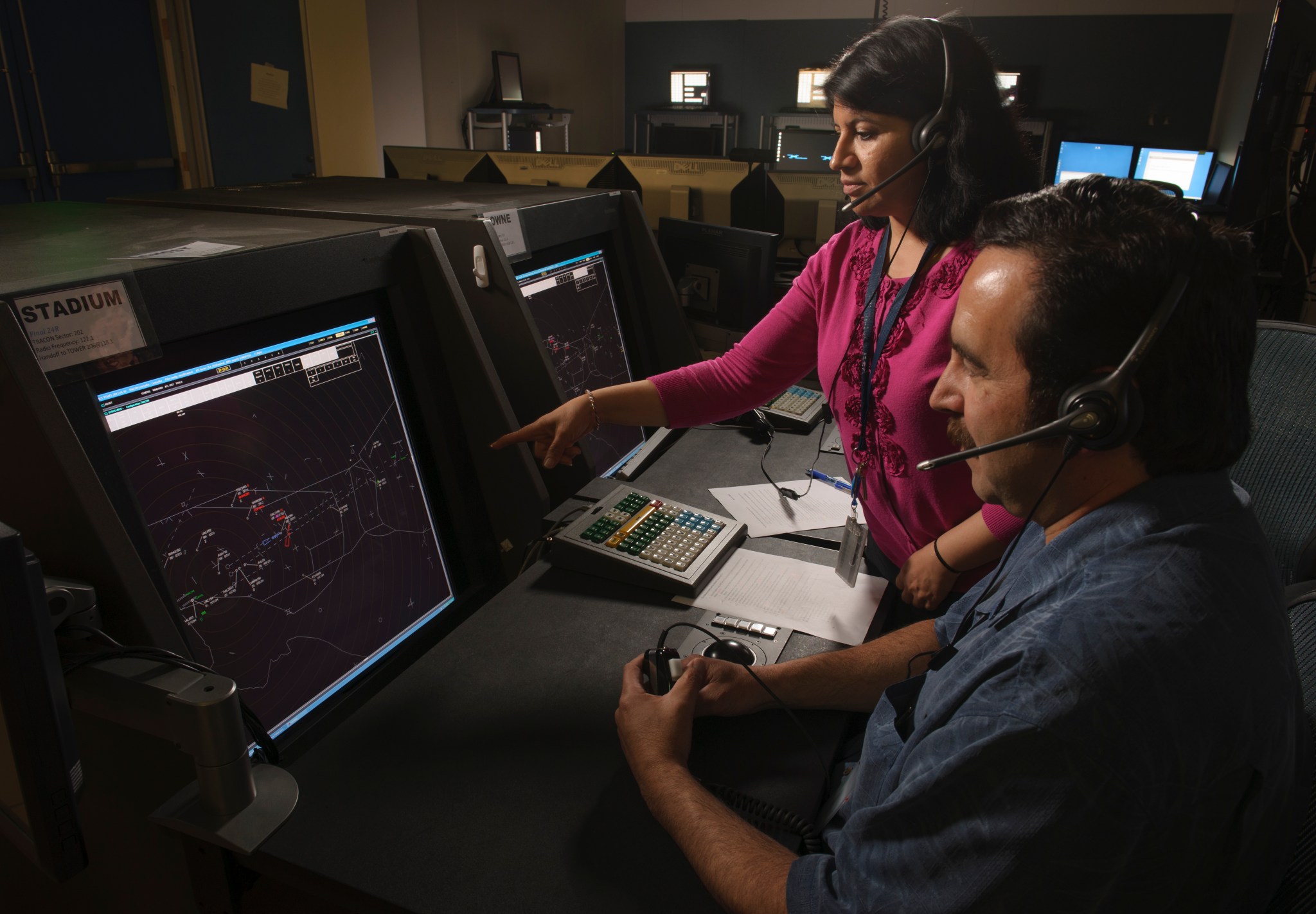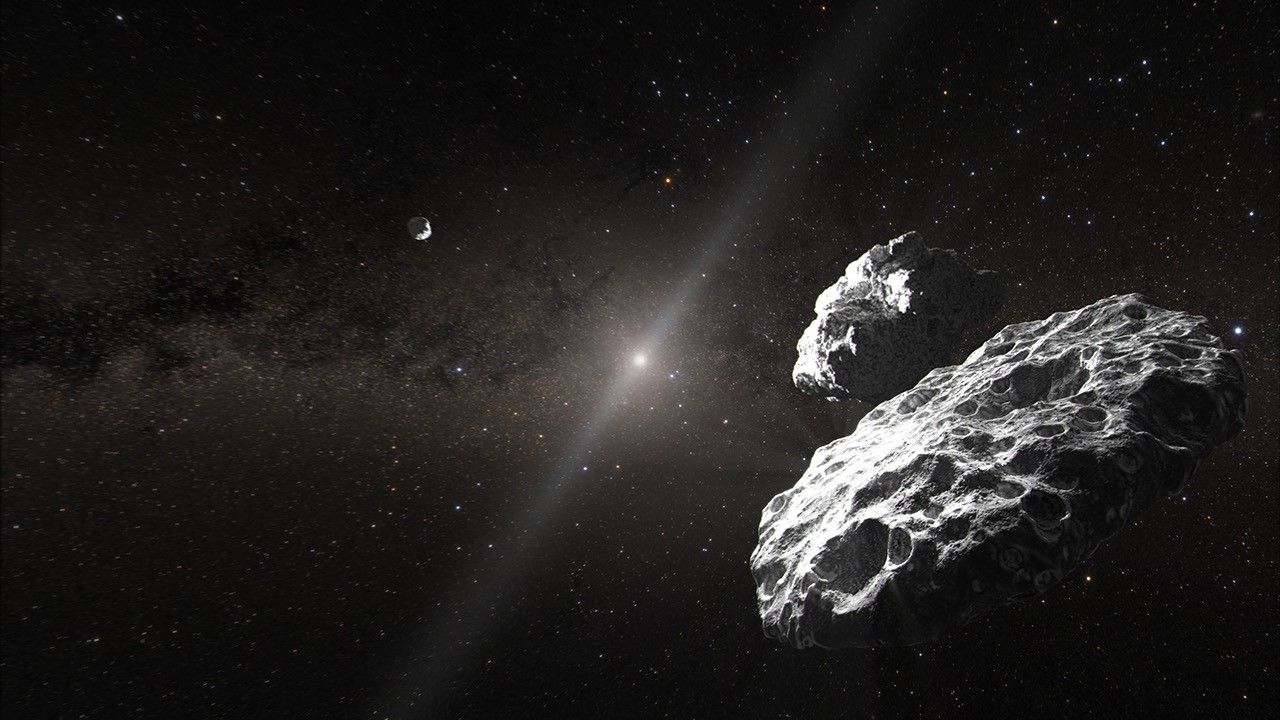Math, Mentorship, Motherhood: Behind the Scenes with NASA Engineers
Editor’s note: This article was originally published on February 22, 2024. Engineering is a huge field with endless applications. From aerospace to ergonomics, engineers play an important role in designing, building, and testing technologies all around us. We asked three engineers at NASA’s Ames Research Center in California’s Silicon Valley to share their experiences, from […]

Editor’s note: This article was originally published on February 22, 2024.
Engineering is a huge field with endless applications. From aerospace to ergonomics, engineers play an important role in designing, building, and testing technologies all around us.
We asked three engineers at NASA’s Ames Research Center in California’s Silicon Valley to share their experiences, from early challenges they faced in their careers to the day-to-day of being a working engineer.
Give us a look behind the curtain – what is it like being an engineer at NASA?
Diana Acosta: I remember working on my first simulations. We were developing new aircraft with higher efficiency that could operate in new places, such as shorter runways. My team was putting together control techniques and introducing new algorithms to help pilots fly these new aircraft in a safer way. We were creating models and testing, then changing things and testing again.
We had a simulator that worked on my laptop, and we had a lab with a pilot seat and controls. Every week, I made it my goal to finish my modeling or controls work and put that into the lab environment so that I could fly the aircraft. Every Friday afternoon, I would fly the aircraft in simulation and try out the changes I’d made to see if we were going in a good direction. We’d later integrate that into the Vertical Motion Simulator at Ames (which was used to train all the original space shuttle pilots) so that we could do a full motion test with a collection of pilots to get feedback.
When simulation time came around, it was during my maternity leave and my team had to take the project to simulation without me. It’s hard to get out of the house with a newborn, but sometimes I’d come by with my daughter and bring brownies to the team. I have two daughters now, and they’ve both been in simulators since a young age.
Diana Acosta is Chief of the Aerospace Simulation and Development Branch at NASA’s Ames Research Center. She has worked at NASA for 17 years.
What’s a challenge you’ve overcome to become an engineer?
Savvy Verma: One of the biggest challenges when I started working was that I was sometimes the only woman in a group of men, and I was also much younger. It was sometimes a challenge to get my voice through, or to be heard. I had mentors who taught me to speak up and say things the way I saw them, and that’s what helped me. A good mentor will back you up and support you when you’re in big meetings or giving presentations. They’ll stand up and corroborate you when you’re right, and that goes a long way toward establishing your credibility. It also helped build my confidence, it made me feel like I was on the right track and not out of line. I had both male and female mentors. The female mentor I had always encouraged me to speak my mind. She said the integrity of the experimental result is more important than trying to change things because someone doesn’t like it or doesn’t want to express it a certain way.
I have a lot more women coworkers now, things have changed a lot. In my group there are four women and three men.
Savvy Verma is an aerospace engineer at NASA’s Ames Research Center. She has worked at NASA for 22 years.
Can you become an engineer if you struggle with math in school?
Dorcas Kaweesa: When I introduce myself as an engineer, people always say, “You must be good at math,” and I say, “Oh, I work at it.”
When you want to become an engineer, you must remain adaptable, hardworking, and always willing to learn something new. We’re constantly learning, critically thinking, and problem solving. Most of the time we apply mathematical concepts to the engineering problems we’re solving and not every problem is the same. If you struggle with math, my advice is to maintain the passion for learning, especially learning from your mistakes. It comes down to practicing and challenging yourself to think beyond the immediate struggle. There are so many types of math problems and if you’re not good at one, maybe you’re good at another. Maybe it’s just a hiccup. Also, seek help when you need it, there are instructors and peers out there willing to support you.
Personally, I sought help from my instructors, peers, and mentors, in the math and engineering classes that I found challenging. I also practiced a great deal to improve my problem solving and critical thinking skills. In my current role, I am constantly learning new things based on the task at hand. Learning never ends! If you’re struggling with a math concept, don’t give up. Keep trying, keep accepting the challenge, and keep practicing, you’ll steadily make progress.
Dorcas Kaweesa is mechanical engineer and structures analyst at NASA’s Ames Research Center. She has worked at NASA for over 2 years.
What's Your Reaction?



















.jpg?#)


































